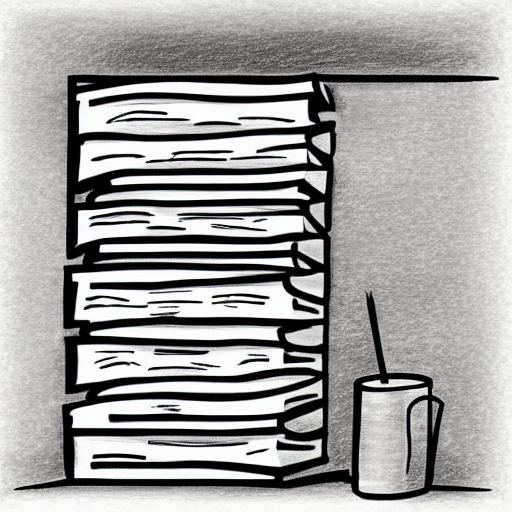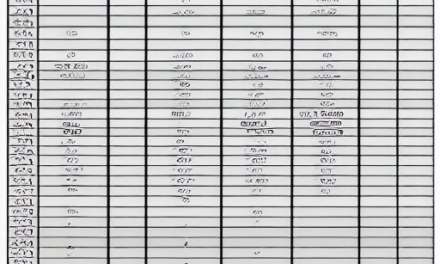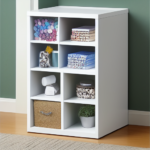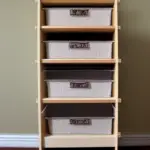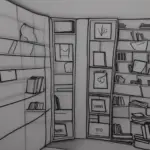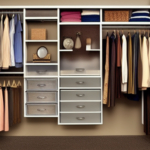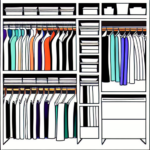There are numerous ways to organise and store your paperwork. There are ideas for the Home office, school office and workplace. These tips will help you make the most of your space. Make sure to review your system on a weekly basis to make sure it’s up-to-date and includes the latest papers.
Home office
Your home office should be a place where you can keep all of your family’s important paperwork. These files should include the originals of social security cards, birth certificates, and permanent documents for your children. You should also store the last three years’ worth of tax returns, along with any insurance policies and other personal documents. It’s a good idea to label your file folders with the contents so that you know which files need to be filed where.
To get your home office organised, you should begin by getting rid of clutter from other rooms in the house. Then, store what you use regularly in a place where you can find it easily. Next, tackle the pile of mail and bills. A well-organised home office will make it easier to switch gears from your workday to your personal life.
You can also use separate filing cabinets for your business and personal documents. While your home office may not be large enough to have separate filing cabinets, you can still keep the documents separate using labels and colored file folders. You can even purchase a simple two drawer filing cabinet and use this for your business documents.
Another way to organise your paperwork is to use desktop organizers. These are great for corralling your writing supplies and avoiding the messy appearance. In addition, you can use boxes and bins for items that you don’t use often. This way, you won’t have to worry about keeping them on display.
The most important step to organising paperwork in your home office is sorting. You should divide your papers into different categories: contracts, bank documents, letters, and more. You can create as many categories as you need and even make subcategories of different files if necessary. For example, a pile of contracts can be further divided into buyers, clients, and suppliers.
Another important tip to keeping paperwork organized is to avoid buying paper in bulk. Buying paper in bulk can make your home office messy and difficult to organise. Buying paper in bulk can save you money but may not be the best option. Buying paper in cases is more economical than buying it by the ream, so make sure you consider space in your home and the amount of time you will need to use it up.
Office at school
When you want to have an organised office, you should set up a filing system. It is helpful to keep files sorted alphabetically or by colour code. This way, it is easy to find a file that you’re looking for. It’s also a good idea to go through your files regularly, to ensure they’re organized and easy to locate.
Keep all of your child’s paperwork in separate files. It is best to go through each child’s files at least twice a year. This will help you avoid the stress that comes with managing your child’s paperwork. It will also help you spend more time with your child. Once you’ve got an organized system, you can concentrate on doing your work instead of worrying about the mess.
Using a portable filing cabinet will help you keep school papers in a safe place without cluttering the room. You can also separate the papers by content. A folder for each child will allow you to see which papers belong in which file. Using a divider in the cabinet will help you make the best decisions about which papers to keep or file.
Workplace
Using different kinds of folders to store your documents and files will make it easier to find what you need. You can also color code the files so you can easily find what you need. Organizing your files by category or area is another important idea. Separate important files from personal items. Also, keep different folders for people who work together.
Another effective method to organize your workplace files is by using zones. This way, your desk doesn’t become a dumping ground for all your miscellaneous files. Rather, your workspace should consist of three different parts: your main workspace, a holding area, and a supply area. You can use filing cabinets, baskets, or binders to organize your files.
You can also use a file cabinet to keep most important documents. This way, you can create an efficient file system and keep your paperwork organized. You can also create separate file folders for different kinds of paperwork. For example, a large hanging file folder can contain invoices, while smaller ones should contain receipts. For each type of paperwork, you can label each folder and arrange them alphabetically. Using different file folders will help you to keep the surface of your desk clear and free from clutter.
You can also create folders for all of your tasks. You can label the folders for tasks you need to pass on to others, reports to give, and files that need to be reviewed before they are completed. You can check these folders at least once a week and clear them if necessary. You can also use this space to prepare for collaboration meetings.

